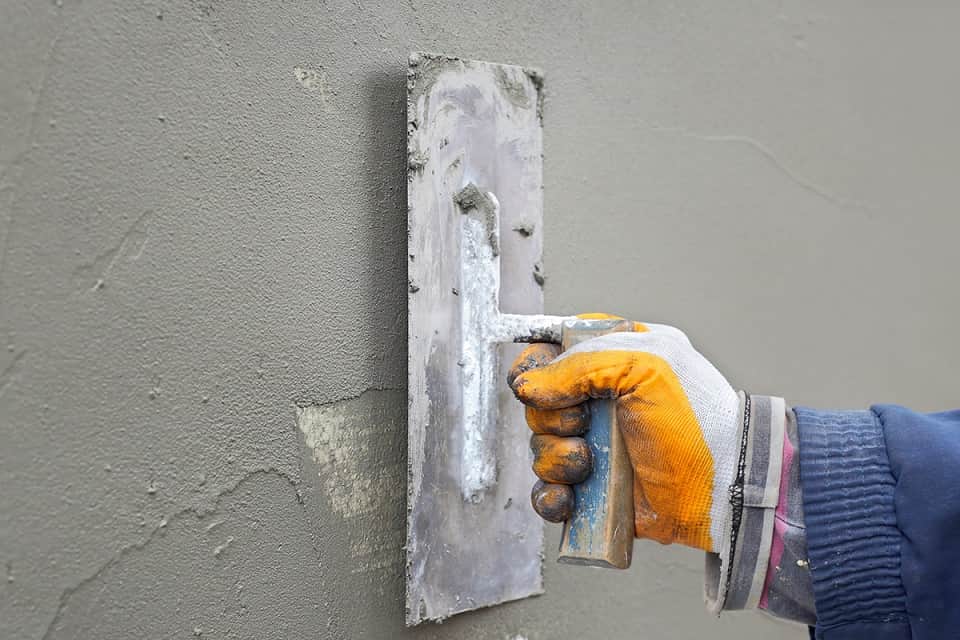
Stucco is a popular home exterior material valued for its durability, versatility, and aesthetic appeal. However, like any building material, stucco can experience wear and tear over time. Knowing when to repair or replace your stucco can save you time, money, and frustration. In this article, we will explore the signs that indicate whether you should repair or replace your stucco and provide tips on how to make the best decision for your home.
Understanding Stucco
Stucco is a plaster made from cement, sand, and water. It is applied to the exterior of buildings to create a smooth or textured finish. Stucco is known for its strength, weather resistance, and ability to be molded into various shapes and designs. Despite its durability, stucco can develop issues due to weather conditions, age, or improper installation.
Signs You Need to Repair Stucco
Not all stucco damage requires a full replacement. In many cases, minor issues can be addressed with simple repairs. Here are some signs that your stucco might need repair:
Small Cracks
- Appearance: Hairline cracks or small fissures on the surface.
- Cause: These cracks often result from the natural settling of the building or minor impacts.
- Solution: Small cracks can usually be repaired with stucco patching compound. It’s a straightforward process that involves filling the cracks and repainting the surface.
Stains and Discoloration
- Appearance: Dark or discolored patches on the stucco.
- Cause: Stains can be caused by water intrusion, mold, or mildew.
- Solution: Cleaning the affected area and applying a waterproof sealant can often solve the problem. If the stains are extensive, professional cleaning and treatment might be necessary.
Minor Chipping
- Appearance: Small chips or flakes coming off the stucco surface.
- Cause: Minor chipping can occur due to impacts or weathering.
- Solution: These can be repaired by patching the chipped area and repainting to match the surrounding stucco.
Localized Damage
- Appearance: Damage confined to a small area, such as around windows or doors.
- Cause: Localized damage might be due to leaks, physical impacts, or installation issues.
- Solution: Repairing the specific area with new stucco and ensuring that the underlying cause is addressed can fix localized damage.
Signs You Need to Replace Stucco
While many stucco issues can be repaired, there are situations where a full replacement is the best option. Here are some signs that indicate your stucco might need to be replaced:
Extensive Cracking
- Appearance: Large, widespread cracks that run across significant portions of the stucco.
- Cause: Extensive cracking can be due to structural issues, severe settling, or aging of the stucco.
- Solution: If the cracks are widespread, it might be more cost-effective to replace the stucco rather than repeatedly patching it.
Bulging or Buckling
- Appearance: Sections of stucco that are bulging out or buckling.
- Cause: Bulging or buckling usually indicates moisture intrusion behind the stucco, causing the material to separate from the wall.
- Solution: In this case, the damaged stucco needs to be removed, the underlying moisture issue addressed, and new stucco applied.
Soft Spots
- Appearance: Areas of the stucco that feel soft or spongy to the touch.
- Cause: Soft spots are typically caused by water damage, which can weaken the stucco and the underlying materials.
- Solution: Replacing the affected sections of stucco and repairing any water damage is essential to maintain the integrity of your home’s exterior.
Large Areas of Damage
- Appearance: Significant portions of the stucco are damaged or missing.
- Cause: This can result from severe weather, impact damage, or extensive wear and tear.
- Solution: When large areas of stucco are damaged, it’s usually more practical to replace the stucco to ensure a uniform and durable finish.
Mold and Mildew
- Appearance: Visible mold or mildew growth on the stucco.
- Cause: Persistent moisture issues can lead to mold and mildew, which can spread and cause health problems.
- Solution: In cases of extensive mold or mildew, replacing the stucco and addressing the moisture source is necessary to prevent further growth.
Making the Decision: Repair or Replace?
Deciding whether to repair or replace your stucco depends on the extent of the damage and the underlying causes. Here are some factors to consider:
- Extent of Damage: Small, localized issues are often suitable for repair. However, widespread damage might require replacement.
- Age of Stucco: Older stucco that shows significant signs of wear might be better off replaced, especially if it has exceeded its expected lifespan.
- Cause of Damage: Identifying the root cause of the damage is crucial. If the underlying issue is not addressed, repairs might be a temporary fix.
- Cost: Consider the cost of repeated repairs versus the cost of replacement. In some cases, investing in a full replacement can be more cost-effective in the long run.
- Aesthetic Considerations: If your stucco is outdated or you want to update the look of your home, replacement might be the best option.
Need Help?
If you need stucco repair or replacement services in Las Vegas, look no further than Getz Handyman. With years of experience and a commitment to quality, Getz Handyman offers top-notch stucco patch and repair services. Their skilled team can assess the condition of your stucco, provide expert recommendations, and deliver professional results. Whether you need minor repairs or a full replacement, Getz Handyman is here to help you maintain a beautiful and durable home exterior. Contact us today to get started on your stucco project!

